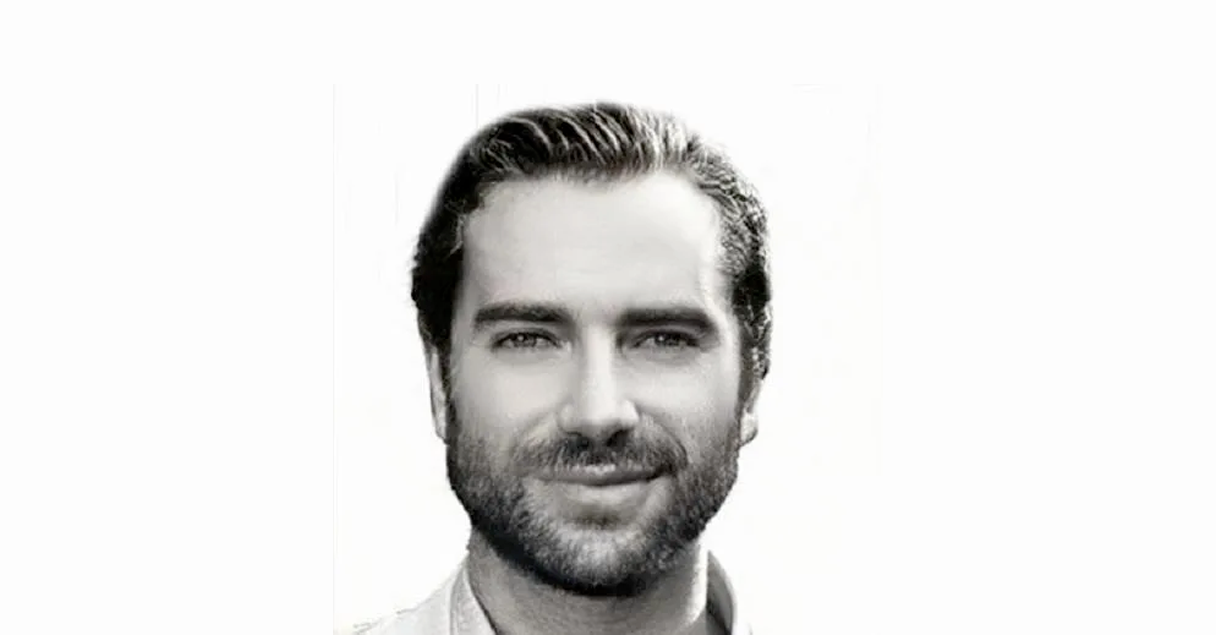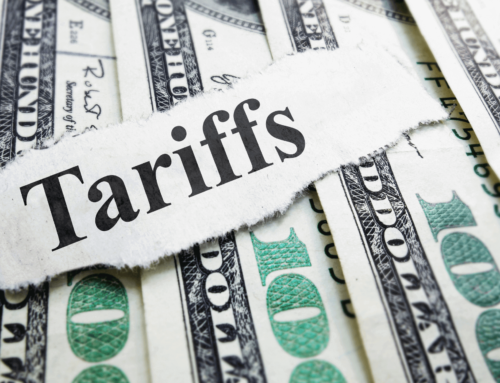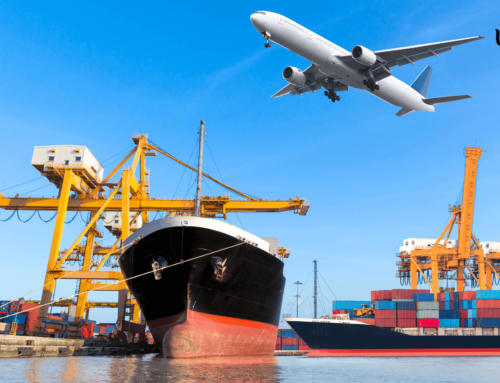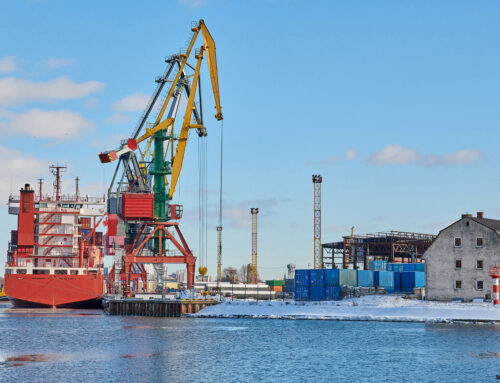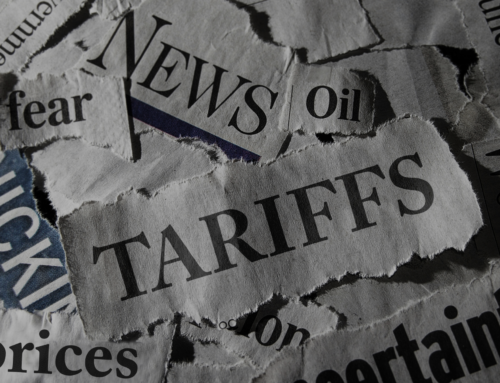We love to make products and build our brands
As one of the world’s leading supply chain platforms and lifestyle brand collectives, IBrands builds brands of distinction. The company creates value by delivering product solutions in a disruptive and ever-changing landscape. CEO Remy Garson speaks to Shilpi Panjabi about the business divisions, recent acquisition, supply chain, etc.
What is the size of the global market for supply chain platform and lifestyle brand collective like IBrands?
The market is enormous because we operate within the Apparel, Food Service and Health & Wellness industries. We pursue opportunities in the market based on customer needs, our discovery of problems, and where we can create efficiencies. We are a product company in that we own brands and make and manufacture products, but we are also a service company in that we provide supply chain solutions to the industry’s toughest challenges.
How does the concept of supply chain platform and lifestyle brand collective work? How is it different from a brand owning several labels?
We love to make products and build our brands, and we employ a team of designers and innovators to create proprietary products – always trying to be the first to market. We have an in-house team that handles all aspects from conception to delivery, operating brands that sell throughout the different segments of the market including retail and e-commerce. However, the disruption to our supply chain is profound and our customers and partners need solutions now. Brands play second fiddle to the need for basic goods necessary to keep companies operating. Our company scours the globe pioneering new supply chains to bring immediate product solutions. Often this means any brand will do.
How do you foresee 2022 to turnout for global apparel retail business?
There will be a return to retail as people yearn to get out and about, along with the ever-growing e-commerce space continuing its precipitous growth.
Talking particularly about IBrands Global, what is the share of apparel in your overall business? Does this include protective apparel?
We have 3 divisions of our business – Apparel, Health & Wellness and Food Service. Apparel is the original pillar, it’s where my father made his name and the original focus of the company. Today, apparel accounts for about 20 per cent of our total revenue. The apparel space is not as strong as it once was, but we are navigating the new climate to find the opportunities. We value brands that have strong communities. For example, Alloy Apparel is a niche brand in that we sell to tall women – women from 5 ft 9 inches to 6 ft 7 inches. Tall women are underserved and represented. They appreciate Alloy because we have created a community that celebrates them. In return, they are extremely loyal which translates to high retention and repeat purchase rates. We see low customer acquisition costs (CAC) and high return on ad spend (RoAS) when targeting them directly. EBY, our intimate apparel brand, celebrates women empowerment and inclusivity. We direct 10 per cent of proceeds to microfinance institutions that provide small business loans to women. By year’s end, we will have impacted over 40,000 women and children, helping to propel them out of poverty and into self-sustaining businesses.
Additionally, productive apparel is a new business for us, and we primarily service the food industry with it. We were the largest importer of disposable gloves to the United States through much of the pandemic and have a line complete with all key protective apparel items including shoe covers, aprons, chef hats, COVID testing kits and masks. In total, our apparel and protective apparel businesses combined account for 70 per cent of our total volume.
Tell us about your import and distribution strategy of personal protective equipment (PPE) during COVID-19.
We leveraged our deep relationships in Asia, built over decades of working in the Apparel and Health & Wellness manufacturing sectors to gain access to the rarest and most highly in demand COVID products such as N95 masks and gloves. We conducted all of this via our proprietary health & wellness brand BluZen. We partnered with a multi-billion-dollar hedge fund whose strategy involved financing PPE, and signed direct contracts with the fastest and most reliable steamship line in the industry, Matson. This enabled us to have our own allocation of fast-ship containers with dedicated terminals at the ports to avoid the crunch and navigate through labour shortages. Additionally, we strategically placed new distribution centres at 7 key ports of entry into the US and we imported PPE to each port. From there, we worked with the food service sector because of their presence in every community in the country and their strength in local distribution.
IBrands has recently acquired a casual chic apparel line Pam & Gela. What is the rationale behind this acquisition?
People want to get back out and experience life again. Pam & Gela is a celebration of life, fashion, women, being yourself, having fun, and enjoying every moment. The brand is an embodiment of where the world is going. It favours comfort and style over corporate America. It looks like the women who buy it – bold, confident, fierce. It has a great legacy but an even more promising future. We are currently re-positioning the brand as digital-first to meet the customer where she is – on her phone or in her home office, while also leveraging the brand identification to secure space in our nation’s most aspirational retailers such as Nordstrom and Neiman Marcus.
On what parameters do you shortlist the brands for acquisition? Any more acquisitions in the pipeline?
We are currently looking closely at additional acquisitions in the Apparel space. Each deal is different, and we are looking for brands to execute on a specific strategy. Acquisitions are exciting because they can help you scale by bringing in revenue, give you access to a new customer base or product line that is valuable to other areas of the business, great human capital and culture, new marketing capabilities, or other types of skills and innovation. We look for products that are complementary to what we are already producing, including brands with established revenue and key metrics such as customer retention. We also look for brands that have an “It Factor”, such as a strong subscription model, a tech-feature in the product fabrication, an amazing factory relationship, an overperforming digital marketing channel, etc.
In which of the categories – retail, wholesale, e-commerce – are the products of IBrands’ labels majorly sold? Please give percentage-wise break-up.
We sell 30 per cent of our labels to retailers up and down the spectrum from Wal-Mart & TJ Maxx up to Bloomingdales and Intermix. We sell 10 per cent to specialty stores and boutiques. We sell 25 per cent on e-commerce including marketplaces like Shopbop, Revolve and Amazon, to our own platforms and our customers’ platforms such as Macys.com. Lastly, we sell 35 per cent to distributors like Sysco, Performance Food Group, US Foods and Bunzl.
Does IBrands own any retail apparel stores? In which countries/regions?
No, we are solely operating online.
In which countries/regions are the IBrands apparel products made? Are there any supply chain/logistics issues at present? How do you plan to overcome them?
We manufacture our products in China, Thailand, Malaysia, Vietnam, Mexico, Peru, Colombia and the United States. The container crisis, paper crisis, labour shortages and supply chain disruptions all led us to opening up a supply chain in Latin America as a way to diversify from Asia and cut lead times.


